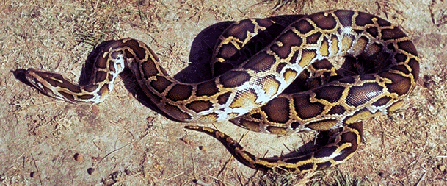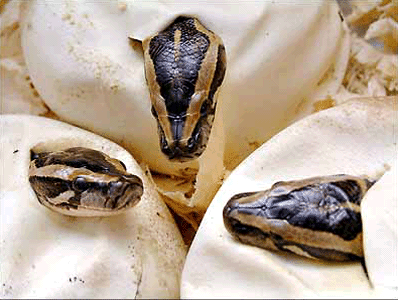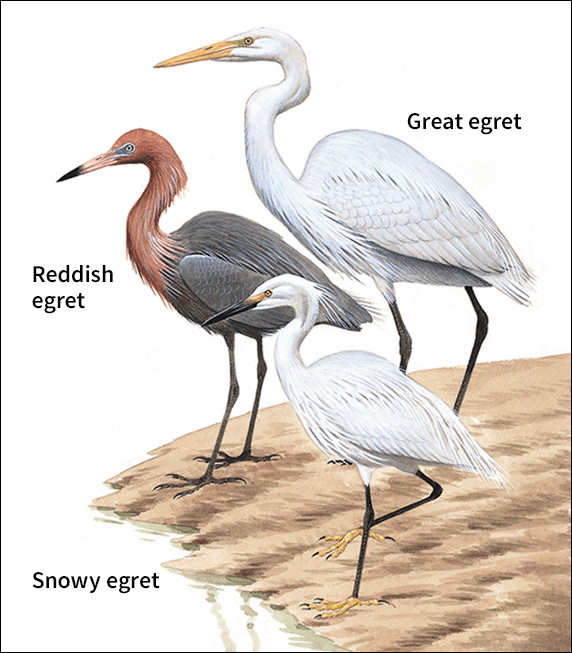Everglades National Park 70
Wednesday, December 6th, 2017December 6, 2017
Seventy years ago today, on Dec. 6, 1947, United States President Harry S. Truman officially opened southwestern Florida’s Everglades National Park. The park was established to conserve parts of the Everglades wetlands and the Big Cypress Swamp, as well as many coastal islands along the Gulf of Mexico. Covering 1,508,976 acres (610,661 hectares), the junglelike plant life of Everglades National Park includes saw grass, delicate orchids, lacy cypress trees, pines, palms, and thick tangles of mangrove trees. Crocodiles, alligators, manatees, and many other animal species live there.
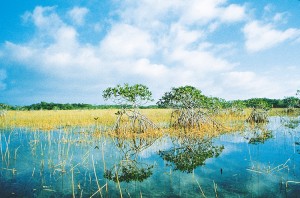
Everglades National Park is in the Florida Everglades, one of the few subtropical regions of the United States. The southern part of the park includes many red mangrove trees, whose spreading roots catch and hold soil. Credit: National Park Service
In the late 1800’s and early 1900’s, land developers tried to drain parts of the Everglades wetlands, intending to turn the area into valuable real estate properties. Canals and levees diverted water from both the Everglades and nearby Lake Okeechobee, damaging the wetlands. Conservation efforts led to the creation of Royal Palm State Park in 1916, a protected area that steadily expanded and became the basis for Everglades National Park.
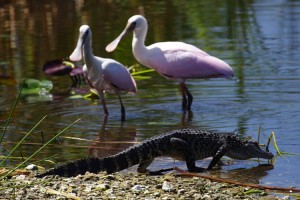
Everglades National Park includes large areas of wetlands that provide a home for wildlife. In this picture, roseate spoonbills wade near a young alligator. Credit: © Shutterstock
Further degradation of the Everglades—made worse by rising sea levels and heavy traffic on the park’s roads and waterways—sparked the Comprehensive Everglades Restoration Plan in 2000, a 35- to 50-year project meant to “restore, preserve, and protect the south Florida ecosystem while providing for other water-related needs of the region.”

